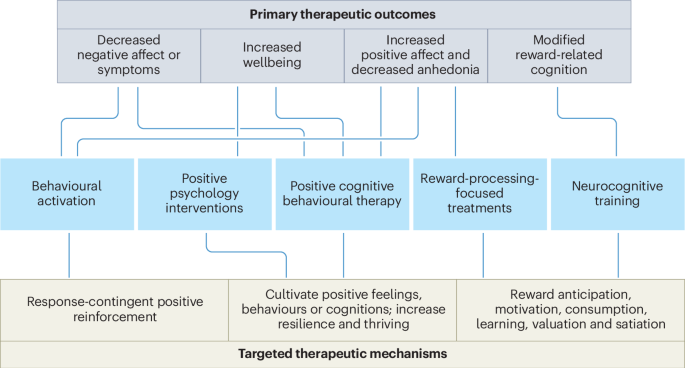5 Ways to Boost Mood with Behavioral Activation

Understanding Behavioral Activation
Behavioral activation is a therapeutic technique used to help individuals overcome depression and anxiety by encouraging them to engage in activities that bring them pleasure and fulfillment. This approach focuses on the idea that our behaviors and actions play a significant role in shaping our mood and overall well-being. By incorporating behavioral activation into our daily lives, we can learn to manage our emotions more effectively and develop healthier coping mechanisms.
How Behavioral Activation Works

Behavioral activation is based on the concept that our behaviors and actions can influence our emotions and mood. When we engage in activities that bring us joy and fulfillment, our brain releases endorphins, also known as “feel-good” hormones. These endorphins can help to improve our mood and reduce symptoms of depression and anxiety. On the other hand, when we avoid activities due to fear, anxiety, or depression, we can create a cycle of negative reinforcement, which can worsen our mental health.
5 Ways to Boost Mood with Behavioral Activation
Here are five ways to incorporate behavioral activation into your daily life to boost your mood:
1. Identify and Engage in Pleasurable Activities
📝 Note: Start by making a list of activities that bring you joy and pleasure. These can be big or small things, such as reading a book, taking a walk, or cooking a favorite meal.
Make a conscious effort to engage in these activities regularly, even if it’s just for a few minutes each day. This can help to increase the production of endorphins and improve your mood.
2. Create a Daily Routine
Establishing a daily routine can help to provide structure and a sense of purpose. This can include activities such as:
- Exercise or physical activity
- Meditation or mindfulness practices
- Journaling or writing
- Spending time with loved ones
- Engaging in a hobby or creative activity
3. Challenge Negative Thoughts
💡 Note: Often, our negative thoughts and self-talk can hold us back from engaging in activities that bring us joy. Practice challenging these negative thoughts by asking yourself if they are based in reality.
For example, if you think to yourself, “I’m too tired to go for a walk,” challenge this thought by asking, “Is this really true? Would going for a walk actually make me feel worse?”
4. Break Down Large Tasks into Smaller Ones
Large tasks can feel overwhelming, which can lead to avoidance and a decrease in mood. Break down large tasks into smaller, more manageable ones, and focus on completing one task at a time. This can help to build confidence and a sense of accomplishment.
5. Seek Social Support
Social support from friends, family, or a therapist can be a powerful tool in improving mood. Don’t be afraid to reach out to loved ones or seek professional help when needed.
| Activity | Benefits |
|---|---|
| Exercise | Reduces stress and anxiety, improves mood |
| Meditation | Improves focus and concentration, reduces stress |
| Journaling | Helps to process emotions, gain insight and perspective |
| Socializing | Provides social support, reduces feelings of loneliness |

By incorporating these five strategies into your daily life, you can learn to boost your mood and develop healthier coping mechanisms.
Maintaining a healthy and positive mood requires effort and commitment, but the benefits are well worth it. By incorporating behavioral activation into your daily life, you can learn to manage your emotions more effectively and live a happier, healthier life.
What is behavioral activation?
+Behavioral activation is a therapeutic technique used to help individuals overcome depression and anxiety by encouraging them to engage in activities that bring them pleasure and fulfillment.
How does behavioral activation work?
+Behavioral activation works by encouraging individuals to engage in activities that bring them joy and fulfillment, which can help to improve their mood and reduce symptoms of depression and anxiety.
What are some examples of pleasurable activities?
+Examples of pleasurable activities include reading a book, taking a walk, cooking a favorite meal, exercising, or engaging in a hobby or creative activity.
Related Terms:
- Behavioral Activation worksheet PDF
- Behavioral activation PDF
- Behavioral activation activities list
- Behavioral activation examples
- Behavioral activation for depression PDF
- Behavioral activation techniques



